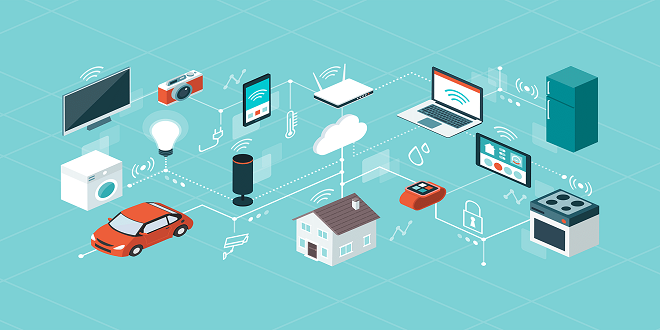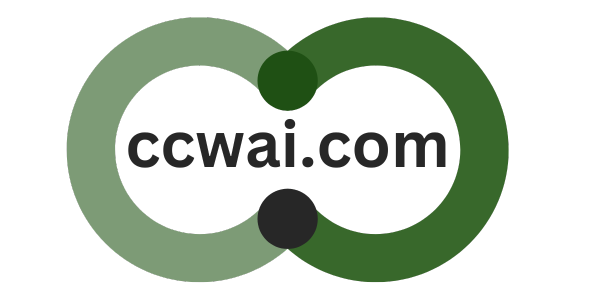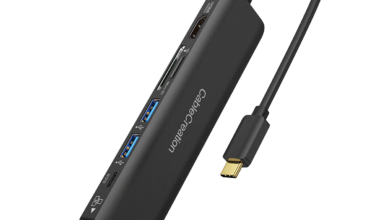Technical and Societal Challenges: Examining the Profound Impacts of IoT

In the digital era, the rapidly growing Internet of Things (IoT) comes with enormous solutions for relating and communicating among smart objects. Right now there are 14 billion IoT devices installed, and IoT acts as an umbrella covering different fields like manufacturing and logistics, agriculture, social networks, transport, health care, and hospitals. In 2014, Gartner estimated that by 2020 there would be 25 billion connected devices. Cisco predicted the number would be closer to 50 billion.
The impact of the IoT revolution assures us to transform many aspects of our life. IoT technology offers the possibility to reach out to all market segments and transform all fields by increasing the availability of information using networked sensors. However, IoT raises many issues and challenges that need to be considered and addressed in order to realize its potential benefits of IoT. IoT researches have to be carried out based on the needs, including hardware and software technologies.
Standards and Interoperability
With the expansion of IoT, it may be necessary to review various regulatory constraints and take steps to ensure sufficient capacity for expansion like seeking additional radio spectrum allocation as it becomes available. Interoperability is the capability of more than one system to exchange data and use information. Interoperability challenges can be taken in consideration of different dimensions like technical interoperability, syntactical interoperability, and semantic and organizational interoperability.
Network-Based Integration
In network-based integration topology, the sensors communicate to the Internet through their gateway as shown In the case of a multi-hop mesh wireless topology, the sensors rely on a base node, which may have its own gateways to communicate directly or it might have connections indirectly through another gateway. A wireless sensor network (WSN) base node is used to connect indirectly through another gateway.
Independent Integration
In an independent integration topology, the sensors can connect directly to the Internet without the intervention of a base point. Figure 4.4 shows the independent integration topology. However, providing an independent IP address for each small sensor which has a smaller packet size is the challenge behind this topology in assigning an individual IP address for every IoT device
IoT Security Requirements
IoT involves sharing of data among users and objects or among objects themselves. In this environment, certain security requirements should be implemented. The Basic IoT framework is shown in Figure 4.5 and the security at each layer is mandatory.
Device Layer Security
The device layer includes objects, places, and things that can be simple devices like light bulbs or complex devices like medical equipment. IoT security should be considered during the design itself, and appropriate encryption should be made to maintain integrity and privacy. Devices should be designed to be tamperproof and the required software updates should be done constantly.





